*This article is reproduced from autocarweekly public account.
Author: Hu Laquan
In every era, there are people who are brave enough to break up with the old world. But every breakup also requires careful retention of the last trace of tenderness. When the whole industry is rushing towards electric and intelligent with impatience, there are also some things that have accompanied us for a long time worthy of farewell and remembrance. In 2019, Lotus, which has been building fuel supercars and racing cars for nearly a century, opened the door to a brand new era with the stunning world’s first pure electric supercar Evija.
However, in Lotus’s worldview, it not only wants to be a leader in the new world, but also does not reject the remnants of the old world. These two are not only not contradictory, but can even complement each other. In 2021, Lotus named its last fuel car Emira, a new product that inherits Evija’s design language. It will not only become the last masterpiece of Lotus’s fuel era, but also provide the final support for Lotus to enter a new track.
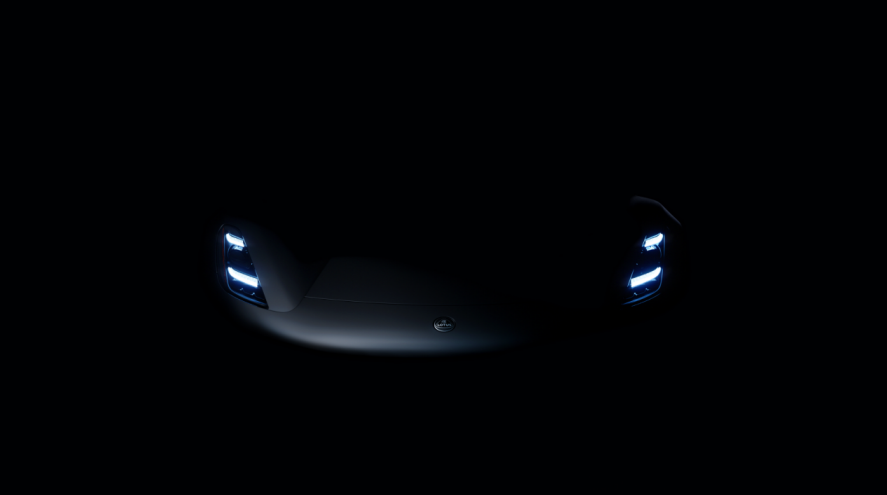
Although often viewed as a niche and niche sports car brand in China, the name Lotus in the hearts of car fans in the world is no less inferior to Ferrari, Porsche, and the like.
Since legendary British racing engineer and “ultimate handling godfather” Colin Chapman founded Lotus in 1948, Lotus has first become a “Giant Killer” that killed Ferrari in F1, and has repeatedly dominated the F1 arena. Then in the civilian car market, he launched the “Best 007 Car” and a classic generation of Esprit. This car was also collected by Elon Musk. The scene of James Bond driving it into the water in the movie once inspired Musk’s broader imagination of cars. In the world classic car exhibitions, top auction houses, and even electronic racing games, you can always see Lotus’s figure and its loyal fans.
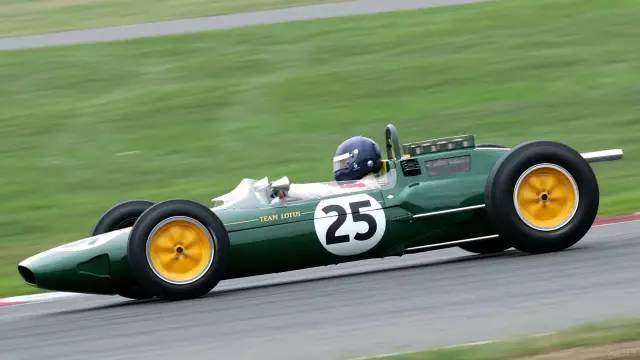
After joining the Geely Group in 2017, Lotus became a key “halo” brand in its brand integration strategy. Richer resources and opportunities have finally given Lotus’s technical accumulation a place to use. First, there was Evija-a top limited hypercar that positioned the pinnacle of the brand’s electrification transformation. However, Evija is obviously too expensive and rare. The existing main models Elise/Exige/Evora urgently need updating, and potential customers to ordinary fans are looking forward to Lotus’s new generation of mass-produced sports cars.The Emira, with its identity as the “ultimate petrol car” from Lotus, has brought a surprise to everyone by being equipped with a pure petrol powertrain instead of a hybrid one. The engine offers two choices: four-cylinder and six-cylinder, but the specific powertrain options have not been announced yet. The six-cylinder engine is likely to use the “old friend”- the 3.5L V6 mechanically-boosted engine originally from Toyota, which has been specially adjusted by Lotus engineering for a full new performance upgrade. The four-cylinder engine, on the other hand, will be provided by a new partner. Lotus stated that it will come from a “world-renowned engine supplier” and will “not come from within the group”.
Considering Lotus’ tradition of transverse engine placement in sports cars, as well as the investment relationship with its parent company Geely Group, Mercedes-Benz and AMG high-performance engines are the most likely candidates. One possibility is the amazing M139 engine from the AMG A45, but Lotus has always had the unique skill of “making the fastest car with an engine that is not the most powerful”, and the four-cylinder version needs to replace the Elise as an entry-level sports car. Therefore, the M260 in the AMG A35, which has slightly lower power but still outstanding performance, is also a possibility.
Staying true to the simple and pure genes of the Lotus brand, the Emira will adopt a mid-engine rear-wheel-drive layout and use aluminum alloy or even carbon fiber to ensure lightweight. It will inherit the aerodynamic design of the Evija, which brings higher downforce and outstanding overall vehicle performance and experience. As it replaces the Elise/Exige/Evora altogether, the new Emira is expected to offer multiple performance versions from entry to extreme and cover most of the market from Elise to Evora in terms of price range.
When the all-new generation production sports car the Emira is in place, the family totem should also hit the road. Lotus also announced that the Evija will start deliveries this year. The Emira will certainly maintain consistency with the new style brought by the Evija, where simplicity, purity, lightweight, and driving experience are still the main theme of Lotus’ new generation sports cars.In the aerodynamic design of racing and high-performance cars, there is an important indicator called L/D, which stands for Lift to Drag ratio, the ratio of lift (negative vertical force) to drag. It is not difficult to simply increase the downforce, but generating downforce always comes with increased aerodynamic drag. The key is to achieve the maximum downforce with the least amount of drag, also known as “aerodynamic efficiency” in the F1 world. Compared with flashy large rear wings, diffusers have a more ideal L/D ratio. A diffuser is a Venturi tube under the car body with a rapidly expanding cross-sectional area at the exit, which produces an acceleration effect on the internal airflow, and the low-pressure of high-speed airflow and the external pressure difference generates downforce.
One of the most eye-catching designs of the Evija is its exaggerated Venturi tube in the rear body. This design helps the Evija achieve a maximum downforce that exceeds its own weight, and reduces the pressure difference between the front and rear of the vehicle, thereby reducing air resistance. Since the Evija is powered by pure electricity, there is no need to arrange an internal combustion engine, which allows for more freedom in designing the rear body, greatly increasing the porosity of the vehicle. Pure electric power also allows for more flexible spatial design, making it possible to arrange such sized Venturi tubes in the vehicle body, enabling the Evija to achieve an unprecedented level of downforce at a very low cost.
Aerodynamics has always been the Ace in the hole of Lotus that is proud of the entire car industry. Although it has been away from F1 for many years, Lotus, which has contributed countless groundbreaking designs in the F1 arena, is always a legend.
When all F1 teams were still chasing Ferrari to increase engine power, Colin Chapman first proposed that lightweight is the key to victory. The result was that Enzo Ferrari, who was calling the shots and mocking the British teams that “won’t build engines”, was surpassed by the British racing cars he once despised in the 1960s. When early F1 cars still used a front engine layout, the Lotus Type 18 first placed the engine behind the driver. Since then, the entire racing world has entered the era of mid-engine layout, and even laid the basic pattern for high-performance supercars to this day.Classic cars always come one after another. Just two years after, Chapman designed the first monocoque chassis Type 25 race car. In 1967, Lotus Type 49 creatively used the engine cylinder block as part of the chassis load-bearing structure, further reducing the weight of the car. Today, using the engine or gearbox casing as a chassis load-bearing component is still a design considered by only a few hardcore supercars. Almost at the same time, Type 49 became the F1 car that first attempted to use a wing, and today the aerodynamics of the F1 world, which is the most important part, started from this.
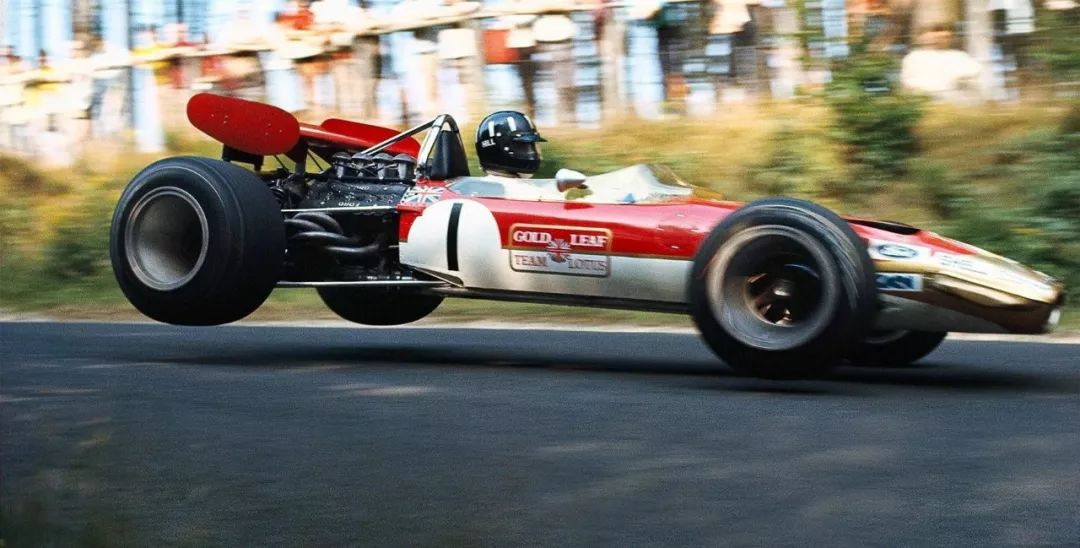
Have you ever wondered where the appearance of today’s F1 Formula cars comes from? The Lotus Type 72 in 1970 is the answer. It first moved the radiator, which was always located at the front of the car, to both sides of the car body, and changed the cylindrical body to a wedge-shaped design. This layout laid the embryonic form of the Formula car until today. In 1978, Lotus swept the F1 field again. The secret weapon of Type 79 was the widely known “Ground Effect”. The airflow channel with active grounded side skirts brought amazing downforce and cornering speed, to the extent that the International Automobile Federation had to ban this design for safety reasons to this day.
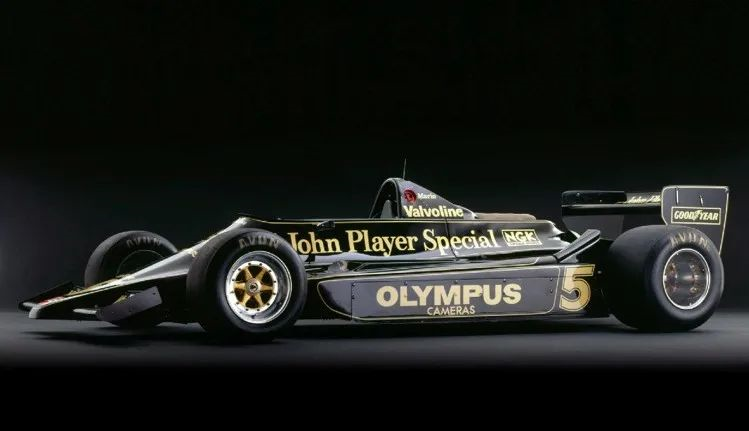
Today, in the flagship Evija, which is built at no cost, we see amazing feats such as Venturi tubes. Although the new car Emira is a relatively rational mass-produced sports car, since Lotus is named “Free Breathing”, we can expect Emira to bring a more stylish aerodynamic design and naturally better performance and driving experience.
#
Evija and Emira, codenamed Type 130 and Type 131 within Lotus, respectively, imply Lotus’s meticulous plan with consecutive digital numbers. In 2018, on the 70th anniversary of the brand’s founding, Lotus announced the VISION 80 global brand revitalization strategy, aimed at transforming the brand into a pure electric brand and a fully digital automobile service provider on the occasion of its 80th anniversary.
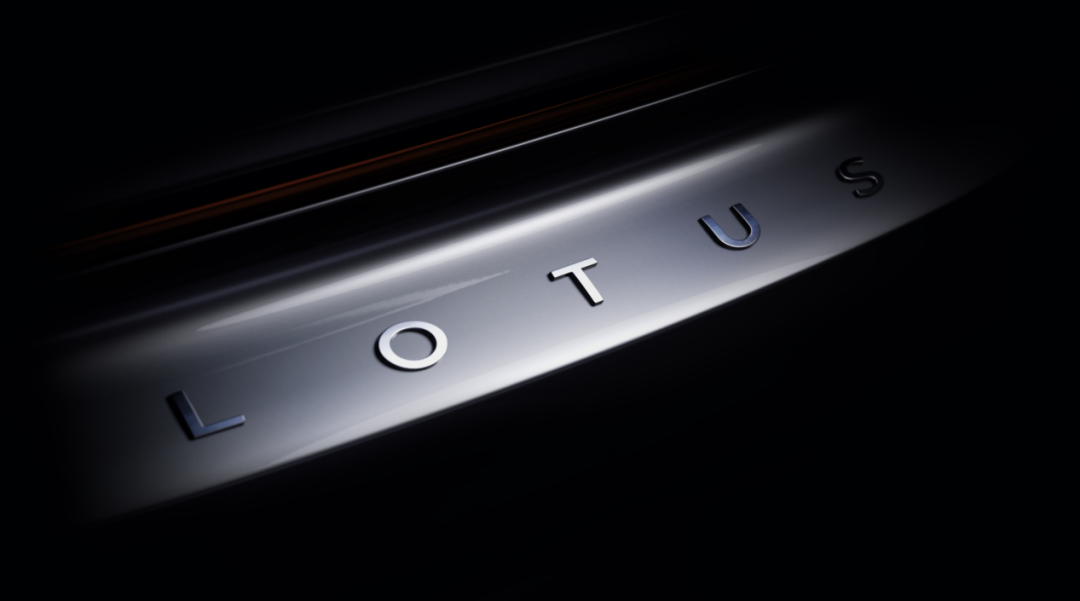 # VISION 80: Lotus’ Five-Step Plan for the Future of Automotive Development
# VISION 80: Lotus’ Five-Step Plan for the Future of Automotive Development
Lotus has laid out their path for future automotive development, encapsulated by the acronym “EAS-IP,” for Electric, Evolutionary, Pure, Enhanced, and Individualistic. With the global auto industry rapidly pivoting towards intelligent, electric, connected, and shared services, it is no secret that automotive industry is at the cusp of a significant transformation. As a niche manufacturer of supercars, Lotus is also exploring ways to adapt and guide the development of future cars in a way that preserves their brand identity.
Lotus’ first foray into electrification was with the Evija, and Lotus’ new factory in Norfolk, UK is already preparing for the first deliveries of the car later this year. Following the Emira, their final tribute to the era of combustion engines, Lotus will be transitioning towards electrification. Lotus is planning to base their future cars on four main platforms: the Hypercar, which is exclusive to Evija, the Sportscar, which is based on the Emira’s combustion engine platform, a new platform for everyday lifestyle Premium cars, and the Electric-Sportscar platform for the next generation of pure electric sports cars.
Lotus’ next generation of pure electric sports car will involve a deep collaboration with the French lightweight sportscar maker, Renault’s high-performance division, Alpine. As part of the collaboration, Lotus will also develop a car model for Alpine, making it a win-win partnership.
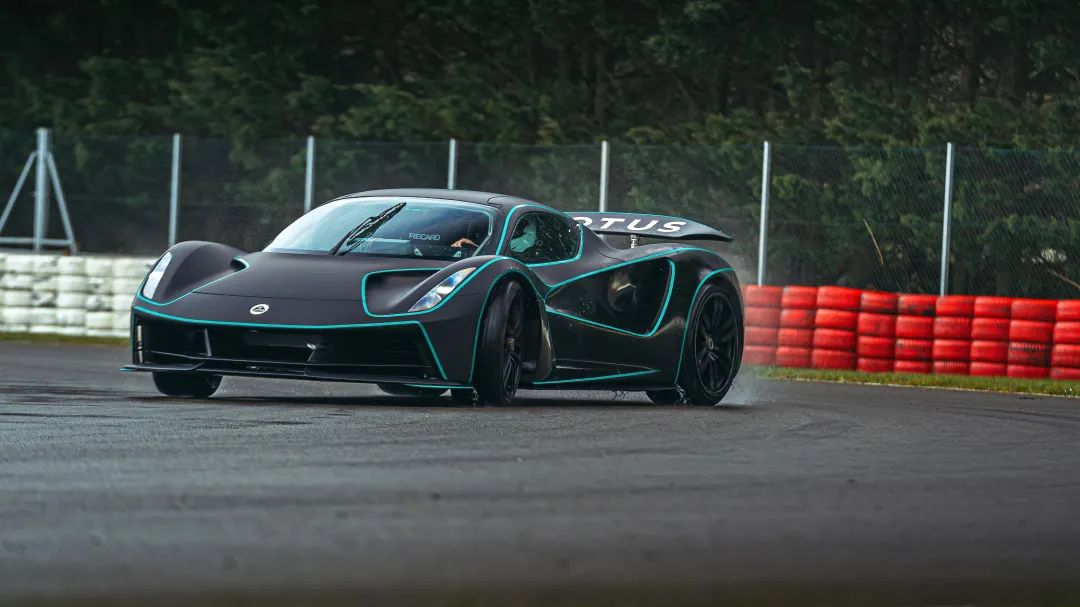
Lotus has revealed that the battery system in their new electric sports car platform will be placed behind the driver’s seat, similar to the position of a combustion engine, rather than a standard electric vehicle battery system that is usually placed flat on the floor. This will ensure that the center of mass of the new car is close to that of a mid-engine, combustion-powered sports car. Mid-engine combustion cars have a neutral but rearward weight distribution that helps to increase rear tire grip during acceleration and corner exit, while also helping to reduce the front weight bias during deceleration and braking.
For Lotus, entering the electric era does not mean abandoning its traditional driving performance and experience. From the era of combustion vehicles to the electric vehicle era, Lotus will always apply the finest racing technology to its products to offer endless driving thrills.
Conclusion
From the future to the present, Lotus’ farewell letter to the combustion era, the Emira, will officially debut on Goodwood Festival of Speed on July 6. It will embody Lotus’ 70-year legacy on the racetrack and decades-old classic car heritage, as well as pay tribute to a bygone era in automotive history, serving as a last homage to the combustion era car enthusiasts.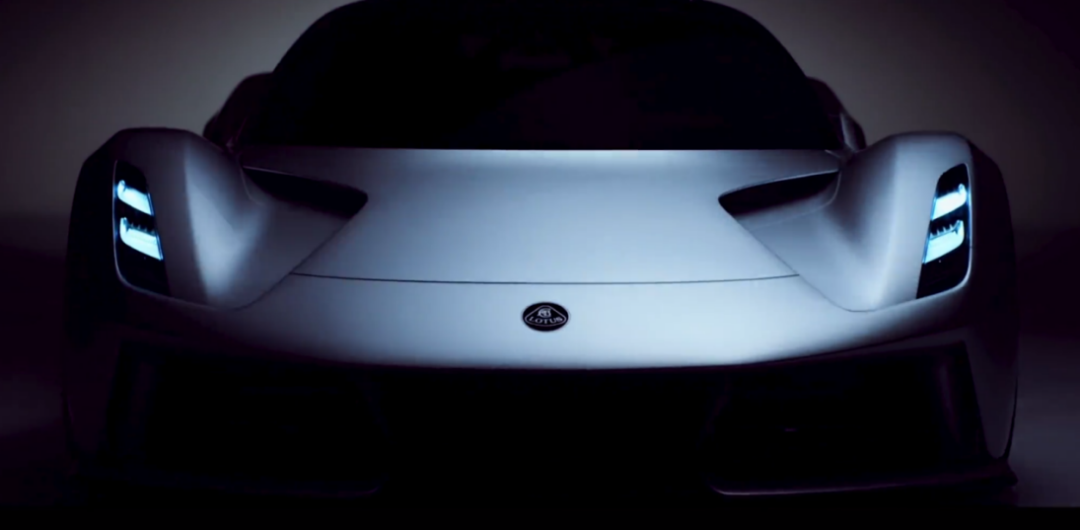
On the other hand, Emira is also a declaration that opens up Lotus’ new era of VISION 80. It will give the last push to Lotus, who has stepped into the world of electric vehicles, and also signifies Lotus’ determination and belief to enter a new era. We should not be bound by past glories, but it is not necessary to abandon them resolutely. Leaving a farewell letter before leaving is actually for the new journey of no return.
This article is a translation by ChatGPT of a Chinese report from 42HOW. If you have any questions about it, please email bd@42how.com.